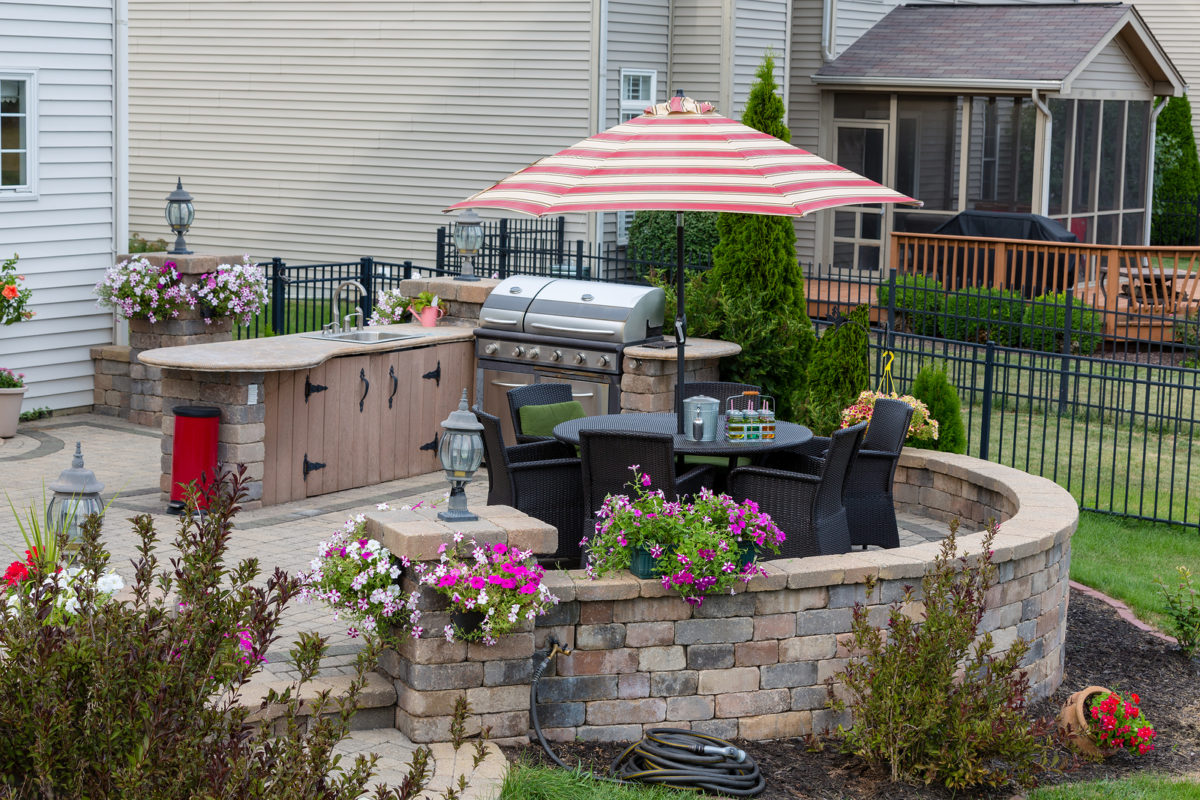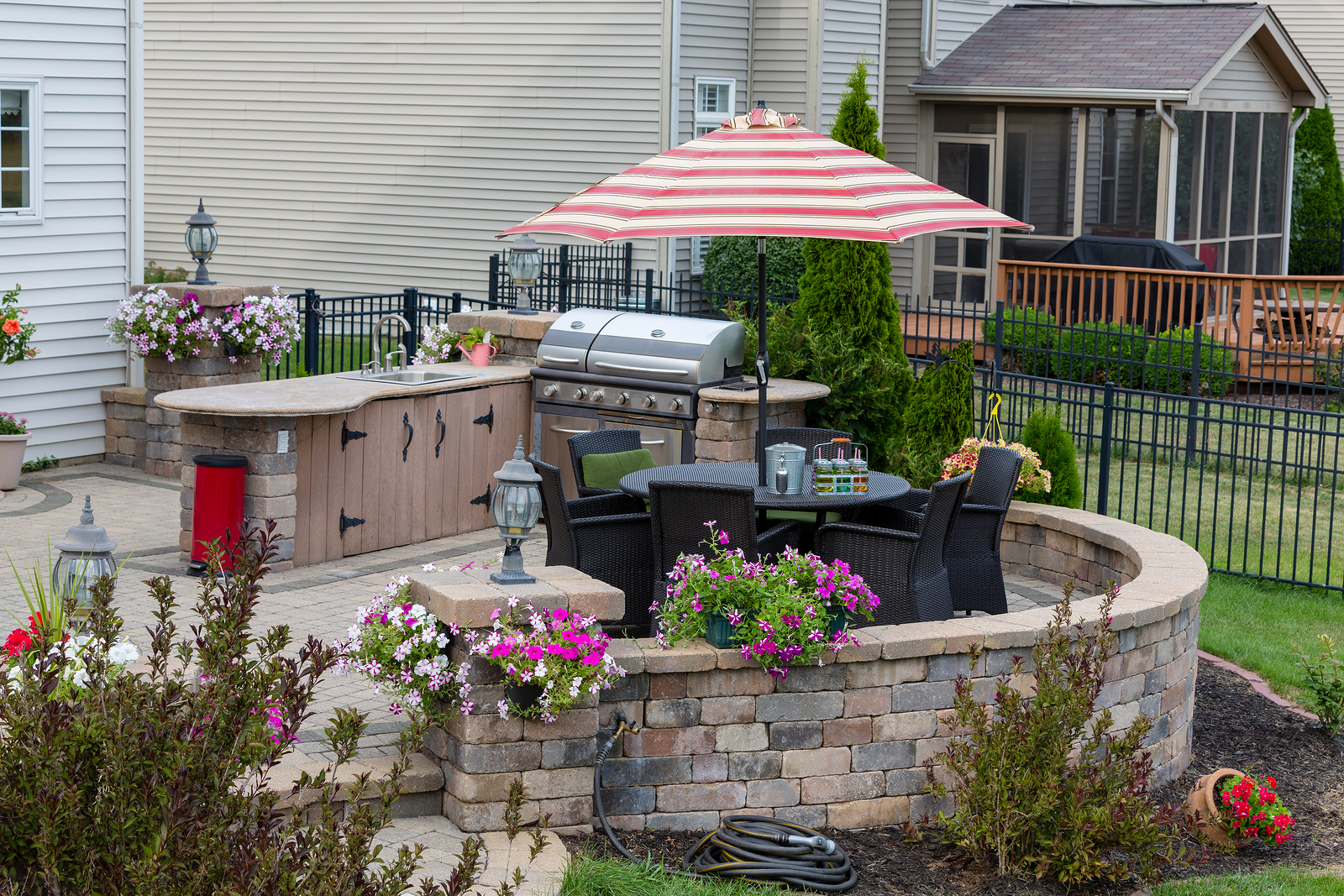For whatever reason, many homeowners need to sell their homes as quickly as possible. If that describes you and you don’t want to hand over a huge chunk of your equity to an iBuyer or investor, read on.
1. Pre-sale home inspection
When we looked at the common obstacles along the way to closing a home sale, several steps loomed large. But, none larger than the home inspection.
Soon after you accept an offer to purchase your home, the buyer will send a home inspector to your house to inspect its condition. Soon thereafter, he or she will issue an inspection report to the buyer and I’ve yet to see one that didn’t have at least a few, even minor, problems.
Some problems, such as those that can impact health and safety, will need to be repaired. Even if the buyer doesn’t request it, the lender may, especially if the buyer is using an FHA-backed loan to purchase the home.
Depending on the scope of the work, this can significantly slow down the sale of the home.
Fixing items before putting the home on the market is a smart move if you need to sell quickly. It also shows potential buyers that you’re dealing in good faith.
Your buyer will likely order his or her own inspection so keep in mind that all issues in your report will need to be disclosed to potential buyers.
Ridding the sale process of the biggest stumbling block is the best way to ensure your home sells quickly.
2. Ensure you have clear title
Shortly after you’ve accepted the offer to purchase, the buyer will obtain title insurance. First, however, the title company will want to find out if you truly are the rightful owner to the home, that nobody else has a claim to it and that there are no liens against the property.
A problem discovered in a title search is known as a “cloud” on the home’s title. Home sellers are often surprised to learn that there’s a cloud, but it’s a common occurrence.
The most common cloud is a lien against the property and many homeowners aren’t even aware of it. Either it was placed so long ago that the homeowner forgot or it may be so new that he or she isn’t yet aware of it.
Be proactive if you suspect that there may be a cloud on the home’s title. A trip to the county recorder’s office (where you can search public records by address) is often all it takes. Otherwise, you can order an official title search from a title company. While the fee varies, it typically starts at around $200.
If a lien shows up on the title report, you’ll be responsible for clearing it. You can dispute it, but this is a court procedure that takes time. Paying the amount owed is the quickest way to clean up the property’s title.
But liens aren’t the only problem that may show up on a title report. Some of the more common title defects include:
- Clerical errors
- Disputes over property boundaries
- Encroachments and easements
- Marital status falsely reported
- Fraud
- Forgery
- Improperly probated wills
- Unknown heirs
- Unreleased deeds of trust
Some of these are quick fixes. Others, such as clerical errors take substantially longer.
In fact, “depending on the nature and extent of the error, it can take anywhere from days to months to correct these types of issues,” according to the experts at LinearTitleandEscrow.com.
Avoid this source of major slowdowns in the sale process by checking your title before putting the home on the market.
3. Don’t play games with your home’s price
“More than half of all closing problems are related to mortgages,” according to Peter Miller at MyMortgageInsider.com.
Slightly more than 20 percent of these problems are caused by appraisal issues.
Unless the buyer is paying in cash, he or she will be using a lender for financing. The lender will send a property appraiser to the home to determine the value.
Much of the time, the appraiser’s evaluation meets the price agreed upon. Sometimes, however, it doesn’t and negotiations reopen.
There are several ways to work around an appraisal problem but most of them take time.
Avoid appraisal problems by understanding how market value for a home is determined, hire a listing agent experienced in determining fair market value and avoid the temptation to overprice the home.
We are happy to answer any questions you may have on how to sell your home quickly and still get top dollar.
























